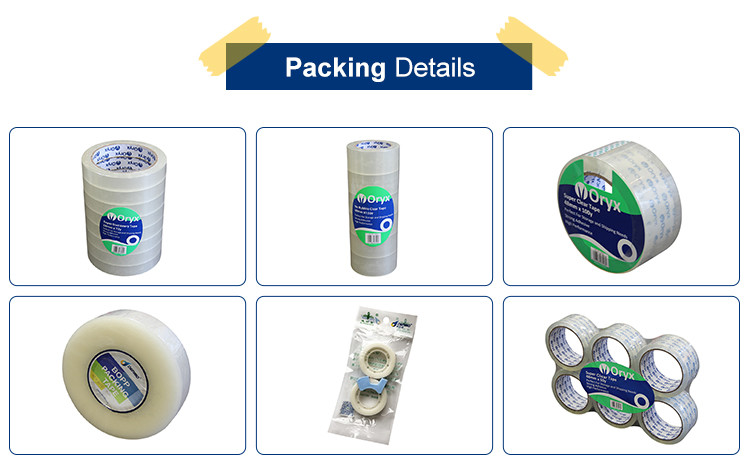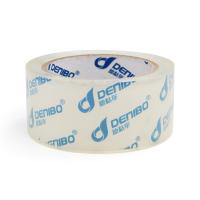1.Packing tape is typically made of a thin, flexible plastic film,
usually polypropylene. This material provides durability and strength while remaining
lightweight and easy to handle. The tape has a pressure-sensitive adhesive on one side, which
allows it to stick firmly to a variety of surfaces. The adhesive is designed to be strong enough to hold packages
together during transit but also removable without leaving a
residue when necessary.
2.Packing tape comes in a variety of colors and finishes. Clear packing tape is the most common, as it allows for easy
viewing of package labels and contents. However, colored tapes are also available, which can be useful for
identification purposes or for adding a decorative touch. Some packing tapes may even have printed designs or logos, which
can be used for branding or promotional purposes.
3.In terms of width, packing tape is available in different sizes
to suit various packaging needs. Narrow tapes are ideal for small packages or delicate items, while
wider tapes are better suited for larger boxes or heavier loads.
4.The primary function of packing tape is to seal packages
securely. The adhesive on the tape forms a tight bond with the package,
preventing it from opening or leaking during shipping. Packing tape also provides additional strength and stability to the
package, helping to protect the contents from damage.
5.In addition to sealing packages, packing tape can be used for
other purposes. For example, it can be used to reinforce weak spots on boxes,
bundle items together, or label packages. Some types of packing tape are even designed to be resistant to
moisture, heat, or cold, making them suitable for use in different
environments.
6.Overall, packing tape is an essential tool for anyone involved in
packaging and shipping. Its durability, versatility, and ease of use make it a reliable
choice for ensuring that packages arrive safely at their
destination.















